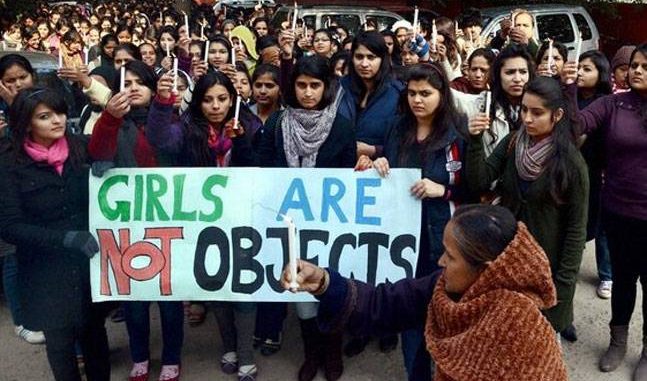
By Vivek Menezes
Uproar raged all through this week after the release of an obviously flawed international survey by the Thomson Reuters Foundation, which ranked India the world’s most dangerous country for women. It was immediately clear the methodology was highly questionable, with no application of actual data, but instead relying entirely on the opinions of 548 “experts” (41 from India). Together, they listed “the world’s largest democracy” dead last after considering six categories that affect women’s welfare: Healthcare, discrimination, cultural traditions, sexual violence, non-sexual violence and human trafficking.
In its official response, the Union ministry of Women and Child Development headed by Maneka Gandhi retorted angrily to what it called an “effort to malign the nation and draw attention away from real improvements in recent years”.
Even beyond the dubious “opinion poll” method of deriving results, the kind of ranking system used by Thomson Reuters is absurd. How could a democracy like India (or the US, which ranked an astonishing 10th worst in the world) be compared directly to totalitarian regimes where women are denied basic rights by fiat, or war-devastated countries where basic survival is under constant threat? Still, as pointed out by Geeta Pander of the BBC, “The government has been quick to question the survey, but India has no reason to gloat – a look at the official crime statistics for 2016 shows a woman was raped every 13 minutes, six women were gangraped every day, a bride was murdered for dowry every 69 minutes, and 19 women were attacked with acid every month.”
Even beyond horrific crime statistics – which skew worse in north Indian states – there are many worrisome indicators that women in India are besieged by multiple hazards. The most basic is malnutrition, where the country fares abysmally, even when compared to neighbouring Bangladesh and Pakistan. According to the latest United Nations data, 51.4% of Indian women of reproductive age are chronically anaemic, which directly translates to almost 40% of the children in the country being clinically “stunted” (long-term nutritional deprivation affecting mental development and intellectual capacity). This is beyond crisis. It is a national failure on an epic scale.
Parse the data even further, and deeply entrenched cultural cruelties quickly emerge. Earlier this year, the United Nations issued the results of studying gender equality in 89 countries. The global scenario is a mixed bag, but India’s record is a catalogue of horrors, all of which are exacerbated by staggering inequalities on the planet. For example, the average age of death for upper-caste women is 54 years (itself bad in a world where the equivalent is above 80 in over 40 other countries). But for dalit women, the average age of death is almost a full decade-and-a-half lower, 39.5 years.

Leave a Reply